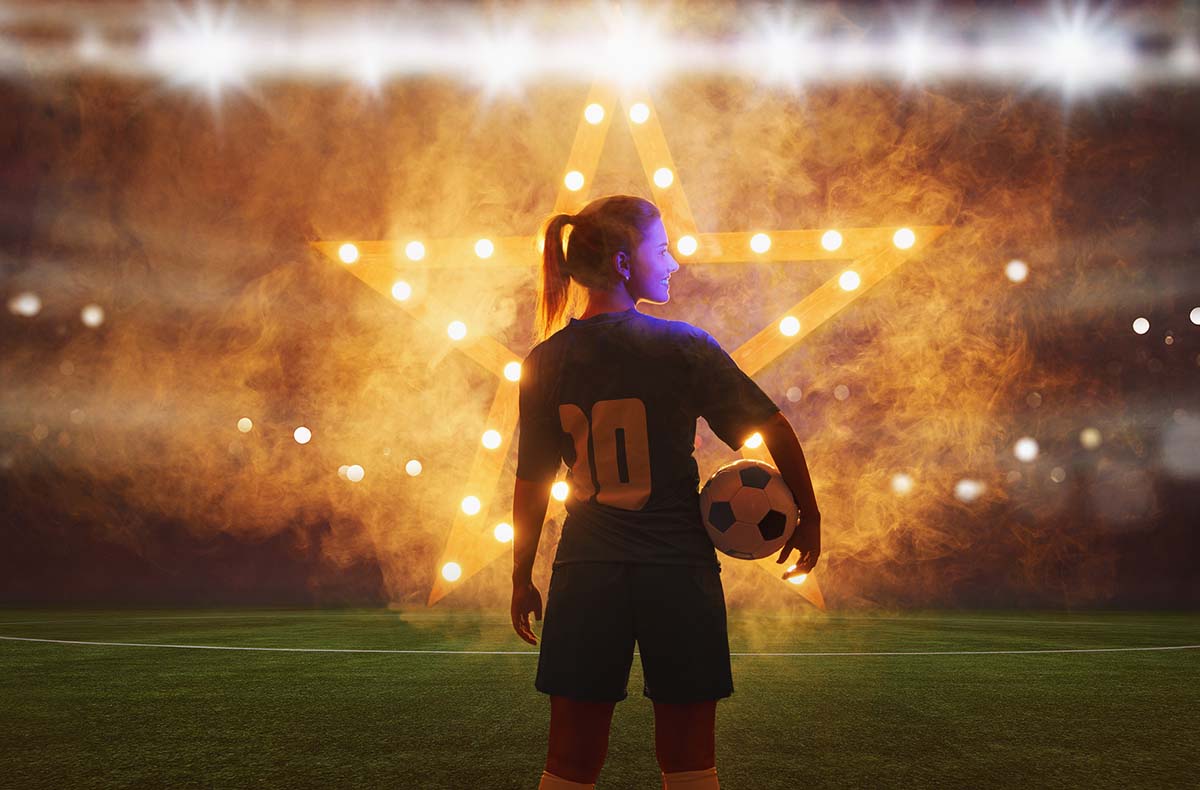
“Get back ten and play on.”
Words from our rugby coach. The same coach who took us from being an after-class college club team to an intercollegiate athletic sports team. The same coach who rebuilt us from a team well-accustomed to getting our asses kicked on the rugby pitch to a team that goes on to win the Division 1 National Collegiate Championships.
He trains us on the game because he knows the nuances involved with smart and effective play. He conditions us physically because he knows the aerobic and anaerobic demands of the game. He motivates us psychologically because he knows rugby is more than a game.
Right now, his order to “get back ten and play on” has very little to do with rugby. He’s referring to the rules imposed when a foul is committed, and a penalty or free-kick is awarded by the referee. The opposing team must retreat ten meters. You don’t argue with the ref (well… you’re not supposed to). You respect their decision, get back ten, and play on.
The only other parallel to rugby is that he’s referring to a foul committed on a teammate of ours.
The foul is death. She has been killed in a car accident, and we are pissed, we are inconsolable, and we want vengeance.
Coach’s demand to “get back ten and play on” is his way of resetting us. Like in the game, the ref may make a call we don’t agree with. Our strategy is not to argue with the decision. Our strategy is simply to “get back ten and play on.”
That doesn’t mean we don’t analyze later. There will be time to become introspective and figure out what we could have done differently that might have affected the outcome. But sometimes, the best thing or the only thing we can do in the moment is to get back ten and play on.
The whole reason this is fresh on my mind right now is that I am presently vuvuzela-deep in the FIFA World Cup. Even though [spoiler alert if you’ve DVR, recorded, or TiVOd the game] the US is out of the game, I’m still watching.
What got me thinking about getting back ten and playing on is how much the soccer ball is intentionally passed laterally or backward away from the goal the team is trying to score on. Even for a seasoned spectator like myself, it seems counterproductive not to move the ball forward.
As a competitive person, it seems ridiculous not to move the ball forward. As an impatient person, it seems like a waste of time not to move the ball forward.
As an error-prone person, it’s nerve-wracking not to move the ball forward.
Strategically, there is a significant value in not moving the ball forward. Teams control the pace of the game, keep the ball longer, and can tire out their opponents who have to chase the ball, not in their possession.
If you’re thinking about a game of keep-away, you imagine the same tactical application of this strategy. My apologies if this brings up childhood trauma thinking about monkey in the middle (or piggy in the middle, pickle in a dish, or pickle in the middle, whatever you called it). In soccer, the strategic intent behind holding possession of the ball through lateral and backward passing is to tease your opponent toward you, which stretches out their defensive shape (svelte as it might be). As the shape of the other team morphs, new passing lanes and angles of attack open up until you, the clever ball-controlling team, find a weakness in the shape and can exploit it and attack.
As you watch the remaining World Cup games, watch the non-forward moves. It’s not just polite, shy play. It’s a tactical move that’s part of a larger strategic vision. It’s a move that doesn’t get enough credit (in my most humblest of opinions).
In fact, with all the stats that are tracked in all sports these days, a non-forward pass would actually be given a negative value since the ball is moving into lower-valued areas (away from the goal you’re attacking). However, many times, the non-forward pass is the only thing that keeps a play alive and therefore enables a shot and score on goal.
Speaking of stats, modeling software is beginning to see the value in the non-forward movement of the soccer ball. There’s a “pass before progression” metric that looks at—wait for it, are you ready?—the pass that happens immediately before a progressive pass. This metric helps credit a non-forward pass that enables a forward move. This way, the player who typically supports from the shadows so that the superstar can get the credit for the glorious shot on goal is also going to get some credit.
In case you don’t believe me (why don’t you believe me!?), here are some actual stats from a study that looked at 16,154 throw-ins, which is just the hand version of a pass (sort of). I’ll fast-forward us to the success rates of two different measures: first-contact and possession retention with throw-ins. First-contact success measures how well the ball is received, on a spectrum of the ball, never making it to the intended target to precise and controlled possession (with cool-point-losing bobbling of the ball somewhere in the middle of that spectrum).
Throwing the ball in forward, like an impatient, brute-force, competitive player might do was only 67.6% successful, compared to 89.2% success of a lateral throw-in or 99.5% success of a backward throw-in.
The possession retention stat is pretty self-explanatory, so let’s get straight to the numbers, shall we? When one of those 16,154 throw-ins examined went forward, the attacking team maintained possession following the throw-in 48.3% of the time. If the throw-in went laterally, the team kept possession 64% of the time. And when the throw-in went backward (toward the goal they’re protecting), the throw-in team kept possession 83.5% of the time.
You don’t have to be the couch-potato soccer watcher like me to know that a good first touch and maintaining possession of the ball are key ingredients to success in the game. A good first touch sets up a player for a shot on goal or a forward pass to enable a shot on goal. Retaining possession of the ball allows the attacking team to move the ball to exploit better passing angles and defensive holes as they open up.
As the thundersticks continue clapping at the remaining World Cup games, think about the non-forward passes in your life. Sometimes we move laterally or backward. Sometimes, it’s part of our plan—maybe we’re changing jobs, moving offices, or reversing from a parking spot. Other times, it may not be part of a plan we scripted—maybe we were fired, kicked out of our office, or reversing over the grass because some jerk blocked us in.
Either way, don’t treat it as a negative statistic. That non-forward move might be increasing the follow-on success of the next contact or might be enabling the plan to stay in your control. The progression might be right after the setback, so sometimes the best move is to just get back ten and play on.



